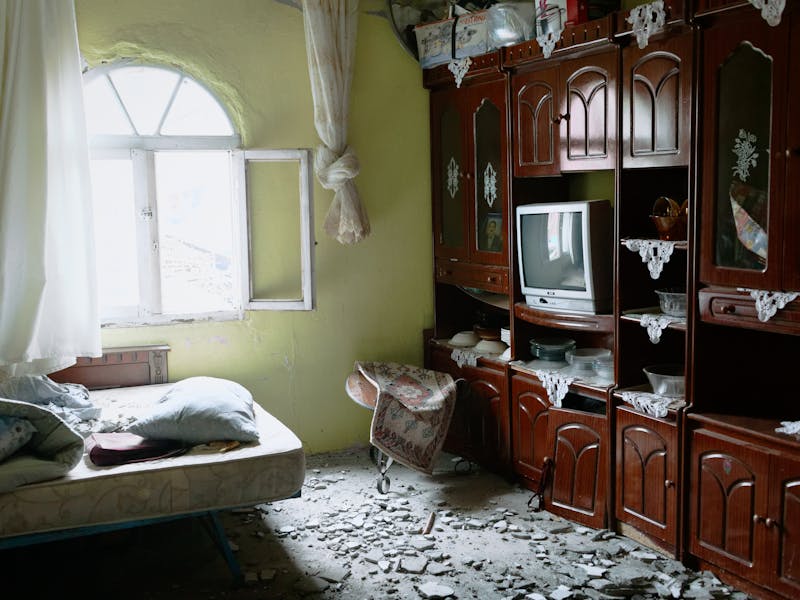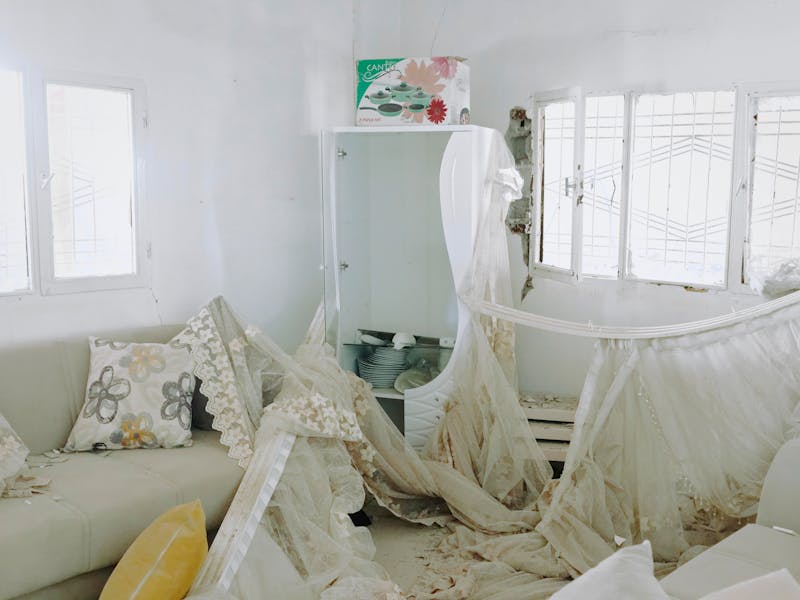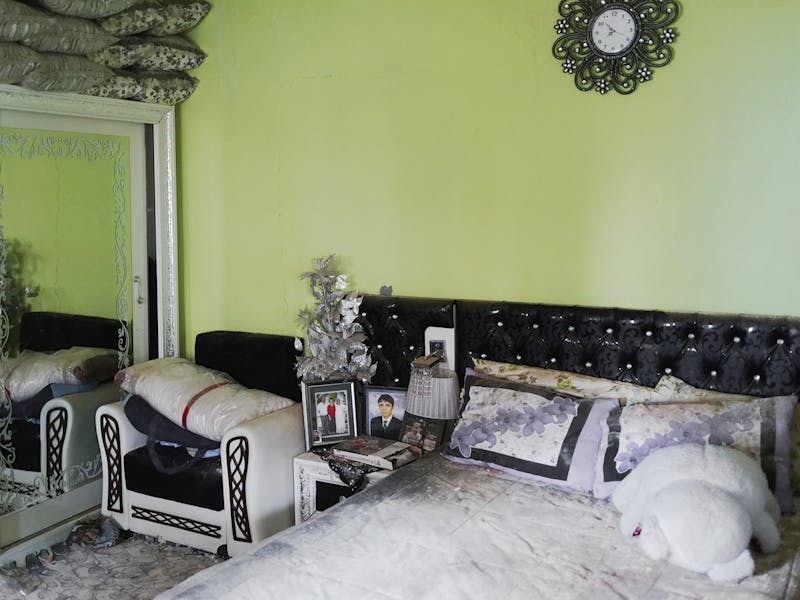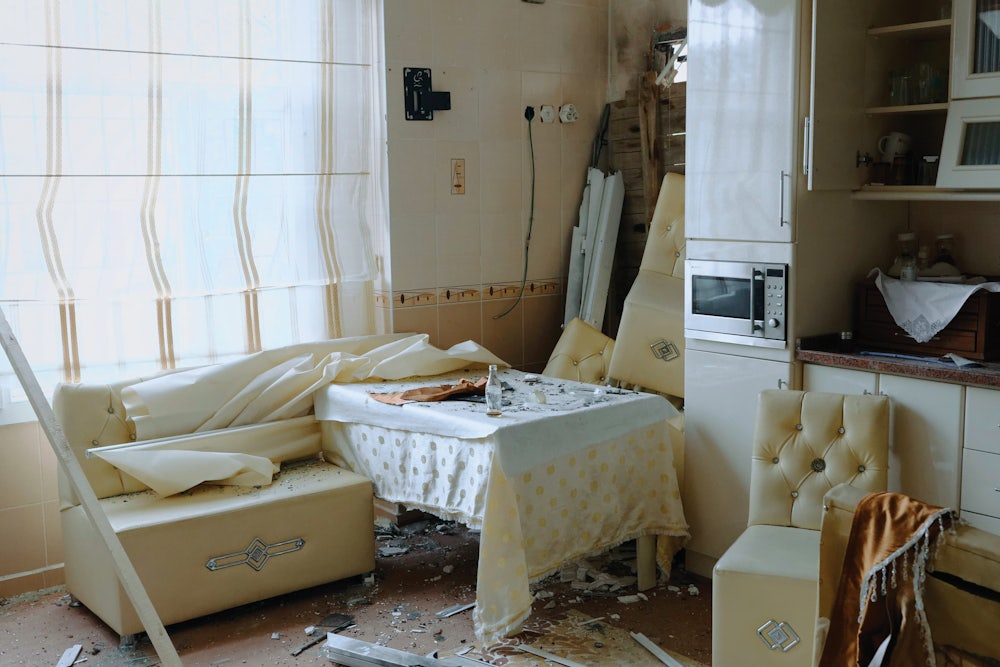The Turkish town of Cizre, located on the southeastern border with Syria, lies at the intersection of antiquity and modernity. Legend has it that Noah, the biblical patriarch, was buried beneath the city after his ark washed up nearby, at the foot of Mount Judi. Alexander the Great is believed to have crossed the Tigris here in 331 B.C. In recent years, modern apartment buildings have cropped up in neat, prosperous neighborhoods, and bustling shops and cafes have lined the dusty streets near the Red Madrassa, built in the fifteenth century.
All that vanished over a year ago. In a matter of weeks, the entire town was reduced to rubble during fierce sectarian warfare. When Kurdish separatists barricaded Cizre, fighting to carve out an autonomous state, Turkish Special Forces rolled in and blockaded the town for 79 days, bombarding every building in sight. More than 7,000 people were killed, according to Kurdish officials. Another 350,000 fled the area, abandoning their homes to stray cats and scavengers.
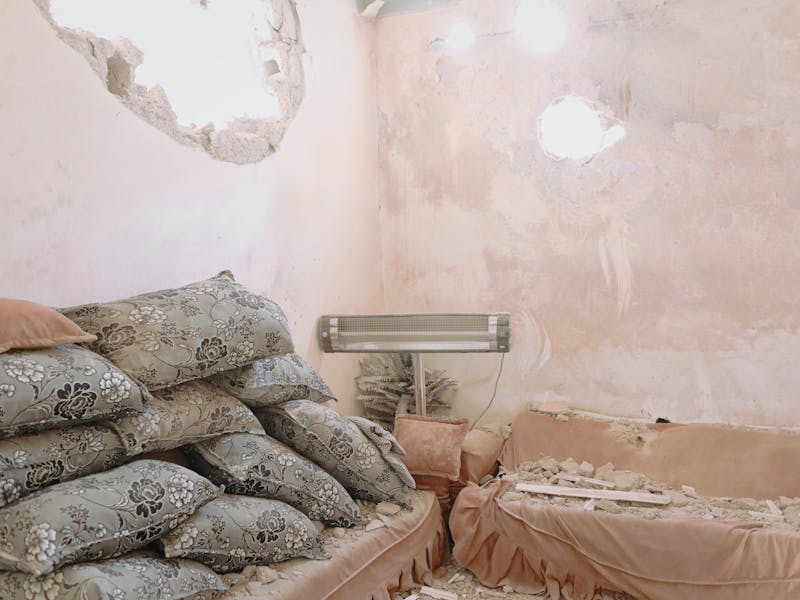
Furkan Temir, a 21-year-old photographer born in southern Turkey, calls the fight for Cizre a “hidden conflict”—one that has received far less attention than the civil war in neighboring Syria. “I grew up with this war,” he says. Last March, as residents returned for the first time to survey the damage and rebuild their lives, Temir photographed the interior spaces they had deserted—bedrooms coated in dust, boardrooms missing a wall, kitchens strewn with rubble and debris. In a war unseen by most of the world, these images offer a haunting glimpse of the lives left behind.
